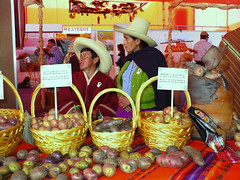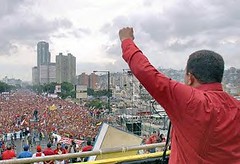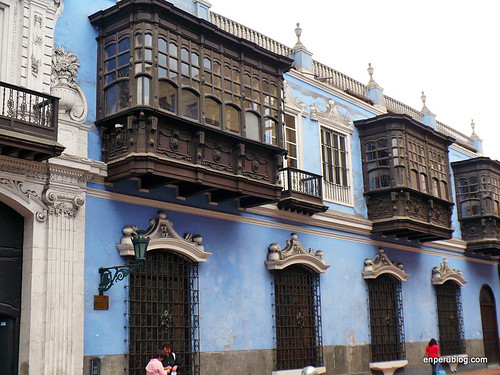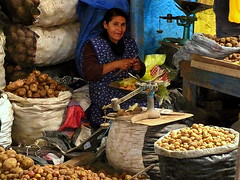The Huaca Centinela and the Chincha culture
The Huaca Centinela was one of the principle centres of the Chincha people, a group of farmers, fishers and merchants that lived in the fertile valley that is now named for them. The Chincha nation existed in the area between the years 900 and 1495 when they were folded into the Inca Empire.
The Chincha nation was a developed one, with dozens of cities and roads between them. They built grand temples and palaces of adobe on vast platforms with towering walls. They were great traders in coca, copper and mulla shells using boats going up and down the coast as far as Chile and Ecuador, returning with other precious items such as emeralds.
Their city of Centinela is formed by two giant pyramids, Centinela and Tambo de Mora, an area of 75 hectares. The largest, Centinela, is formed by various palaces. These were once decorated with complex patterns on their walls. One small part of a wall survives where a pattern of fish and waves can be seen.
In the late 1400s the Inca, who now controlled a massive empire became highly interested in the Chincha’s extensive trade network and particularly in their trade of the sacred Mullu shell. They sent two armies to conquer the Chincha over the course of a few decades, the first by Pachacutec and the second by Manco Inca Yupanqui. Both attempts failed to over-run the Chincha defences, but they knew conquest was unavoidable. They decided to join the Inca empire in exchange for control over most of their trade routes, while providing the Inca with copper and Mulla shell. The Incas constructed a vast palace within the Centinela complex. While the Chincha built using dried abode resembling concrete, the Inca extensions and buildings were built with adobe bricks and are distinguishable.
The Incas respected the Chincha, making sure their buildings were not too pompous with regard to the native ones. The leader of the Chincha would often accompany Inca emperor Atahualpa, successor of Yupanqui, in his travels across the empire – the only non-Inca to do so. It was in this way he met his end in Cajamarca when the Incas first ran into Francisco Pizarro and his Spanish soldiers. He was mistaken, due to his riches and the respect he commanded, for Atahualpa and was mistakenly killed. The Spanish in their interrogations of Atahualpa, who they now realised was the Inca Emperor and before killing him and conquering his empire, were interested in the privileges given to the Chincha leader. Atahualpa explained that in earlier times, the Chincha had influence across all the coast, that they were a great people who put hundreds of thousands of rafts to sea to trade. To honour them, they decided to name one quarter of the empire, Tahuantinsuyu, in their honour: Chinchaysuyu.
Photos –










